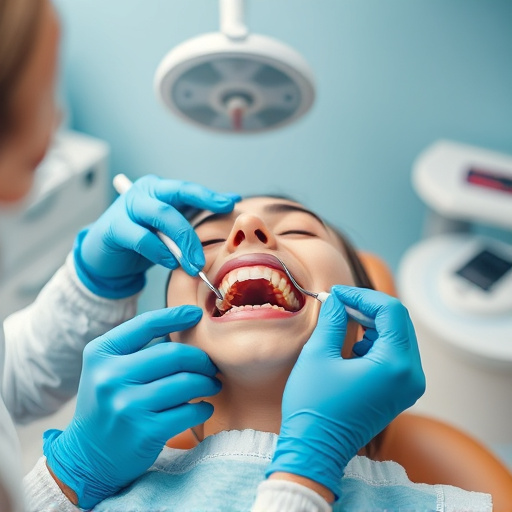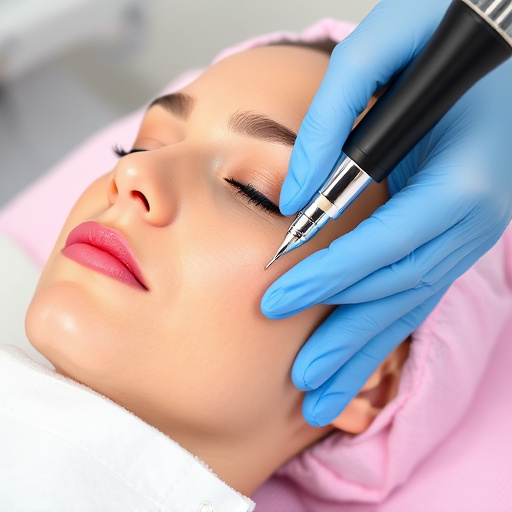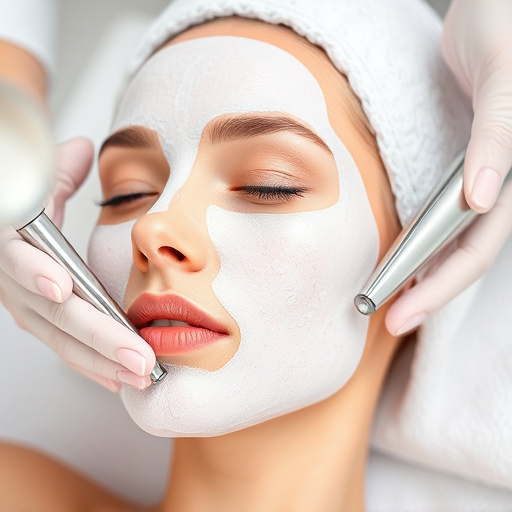Stretch marks, caused by rapid changes in body size or hormones, are treated by focusing on improving skin elasticity. Techniques like microneedling, chemical peels, targeted topicals, and massage therapy stimulate collagen production, enhance skin firmness, and reduce the appearance of existing stretch marks while preventing new ones. These comprehensive stretch mark treatment methods go beyond surface improvements, addressing structural changes to support long-term skin health and resilience.
Stretch marks, often considered a cosmetic concern, can impact skin elasticity and overall appearance. This article delves into how stretch mark treatment offers a solution to restore and enhance skin elasticity. We’ll explore the science behind stretch marks, their effect on skin structure, and how targeted treatments can revitalize elastin fibers. By understanding these factors, individuals can make informed decisions about achieving smoother, more elastic skin through effective stretch mark treatment methods.
- Understanding Stretch Marks and Skin Elasticity
- The Role of Stretch Mark Treatment in Restoring Elasticity
- Effective Techniques for Achieving Elastin Revival
Understanding Stretch Marks and Skin Elasticity
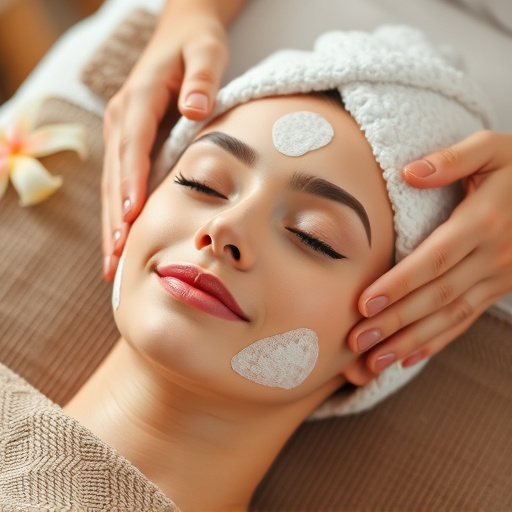
Stretch marks, often considered a cosmetic concern, are actually a sign of skin elasticity loss. They occur when the dermis, the skin’s middle layer responsible for firmness and flexibility, stretches beyond its capacity. This can be caused by rapid weight changes, hormonal shifts, or rapid growth—factors that put stress on the skin. Understanding this elastic nature of our skin is crucial when discussing stretch mark treatment.
Improving skin elasticity isn’t just about eliminating visible stretch marks; it’s about fostering a healthier, more resilient complexion. Skin elasticity is vital for maintaining a youthful appearance, as it prevents wrinkles and fine lines from forming. Techniques like microneedling therapy stimulate collagen production, a protein key to skin rejuvenation. Over time, this can lead to reduced wrinkle appearance and improved overall skin texture. Additionally, consistent stretch mark treatment can enhance the skin’s ability to bounce back from future stretching events, helping to prevent new stretch marks from forming.
The Role of Stretch Mark Treatment in Restoring Elasticity

Stretch mark treatment plays a pivotal role in restoring skin elasticity, addressing a common concern for many individuals. These treatments are designed to target not just the visible signs of stretch marks but also the underlying structural changes in the skin. By promoting collagen production and enhancing skin firmness, stretch mark treatments can significantly improve skin elasticity over time. Collagen is a vital protein that provides structure and resilience to our skin, making it an essential component in any skin elasticity improvement regimen.
Professional skincare experts often recommend specific procedures tailored to individual needs, combining topical applications with innovative technologies. Some advanced techniques even incorporate pore refinement as part of the process, ensuring not just surface-level improvements but also addressing deeper issues. These comprehensive approaches not only reduce the appearance of stretch marks but also work towards maintaining and enhancing overall skin health and elasticity.
Effective Techniques for Achieving Elastin Revival
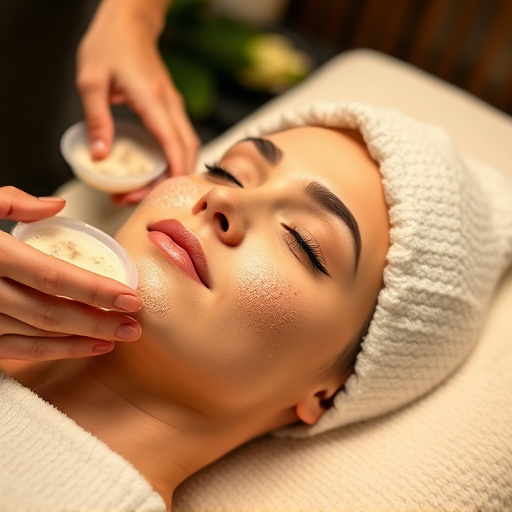
Achieving elastin revival is a key component of effective stretch mark treatment. One powerful technique involves chemical peels, which gently exfoliate the skin and stimulate collagen production. By removing dead skin cells, these peels enhance the skin’s ability to retain moisture and improve elasticity over time. Additionally, hydrating facials play a crucial role in maintaining skin health by deeply nourishing the skin, plumping it up, and restoring its natural glow.
Other effective methods include targeted topicals and massage therapy. Topical creams enriched with antioxidants, vitamins, and retinoids can boost elastin synthesis and reduce the appearance of stretch marks. Regular massage sessions improve blood circulation, promote lymphatic drainage, and help distribute nutrients evenly across the skin, further enhancing its elasticity. Combining these techniques offers a comprehensive approach to revitalizing skin elasticity and achieving smoother, more supple skin.
Stretch mark treatment plays a pivotal role in restoring skin elasticity, addressing the visible signs of stretching and supporting long-term skin health. By targeting both the dermis and elastin fibers, these treatments offer effective solutions for those seeking smoother, more supple skin. Incorporating specific techniques into your skincare routine can significantly enhance elasticity, making stretch mark treatment a valuable asset for maintaining youthful-looking skin.


